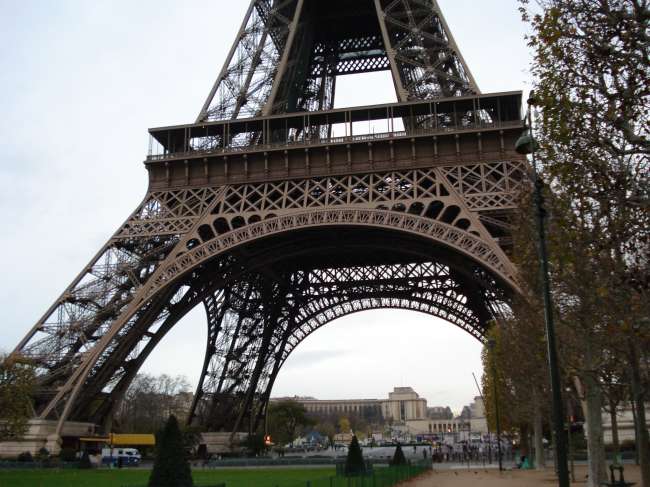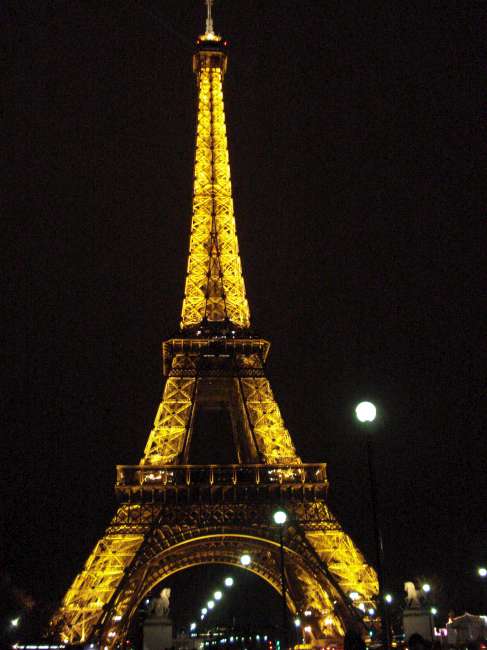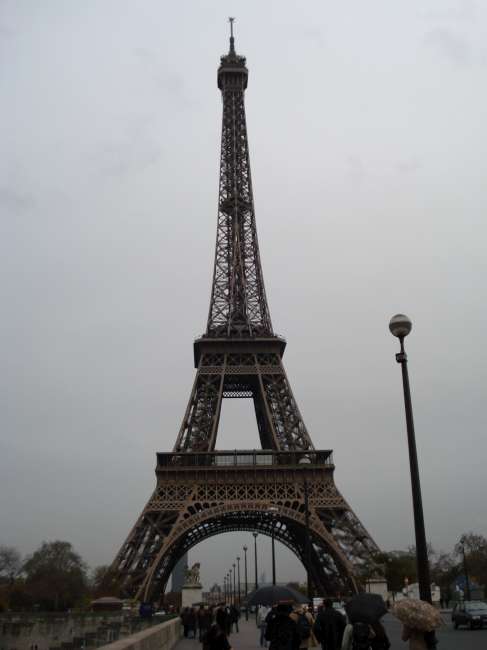
World Monument Photography
April 18, 2024
The most famous icon in Paris, France that stands today is the Eiffel Tower. It has come to symbolize peace and tranquility. Its architect was Gustave Eiffel, whose statue stands to this day at the base of the Eiffel Tower. The Eiffel Tower is 324 meters high and was considered to be the tallest building in the world when it was built in 1889. The tower took 2 years to build, but its completion was timed to coincide with the 100th anniversary of the start of the French Revolution.

The centennial celebration of the French Revolution, which started in 1789, was celebrated by building the Eiffel Tower, whose archs at the base formed the entrance to the World Far, or Exposition Universelle, of 1889 held in Paris. The fair was an important occasion in which the French celebrated human intellect and his capacity to reason. Although 100 years passed since the start of the French Revolution, it has not really ended until the year that the Eiffel Tower was built.
The event that ignited the French Revolution was the storming of the Bastille, where the king was forced to make concessions for the people. For the first time, the public felt free to express themselves and felt in control of their destiny. The Declaration of the Rights of Man and the Citizens was declared. The French monarch, King Louis XVI was executed in 1793, which set off a political rivalry between Maximilien Robespierre and others in the government. This led to what was known as the “Reign of Terror” that gripped the entire country for a year, when Maximilien was overthrown.

The promise of freedom and liberty for all was finally quieted by the arrival of Napoleon Bonaparte to the scene. He ruled France from 1799 to 1814. He essentially hijacked the Revolution and claimed to spread its ideals throughout Europe. Even in his expedition in Egypt, he attempted to start an Asiatic empire with French Revolutionary ideals, but with himself as emperor and absolute monarch. Napoleon was finally defeated in Waterloo by a coalition of English, Prussian, and Dutch forces. He was exiled to St Helen island in the Atlantic Ocean, where he spent the rest of his natural life.
France, however, had the monarchy reinstated and imposed on it after Napoleon`s defeat in 1814. The demoralized French citizens initially accepted their defeat, not only militarily but to their Revolution. It would not be until 1848, when the French Revolution was reignited. This revolution was not limited to France, but spread from Brazil to Hungary, with varying levels of success and violence. This year became known as the “Spring time of the Peoples.” The monarch was overthrown in France and the Second Republic was established. Its first democratically elected president was Napoleon III. He ruled from 1848 to 1852 as the President of France. From 1852 to 1870, he still ruled France, but as the Emperor of the French Empire. Although a dictator, he was credited with modernizing the city of Paris, strengthening the country`s borders, and improving the economy.

All was well until disaster struck in 1870. Napoleon III`s army was soundly defeated by the Prussian army and what was left of the French army, including Napoleon III himself, were taken as prisoners of war. In one battle, the entire French army was completely wiped out. Enraged by his failure, Napoleon III was overthrown in his absence. The Prussian army saw their opportunity to take over the defenseless city of Paris and besieged the city for three months. The city inhabitants were able to form a militia equipped with cannons and defended the city for some time. In the end, the Prussian army concluded that the siege was putting a considerable strain on the economy and opted for a favorable settlement instead. As part of the terms of the peace treaty, the Prussian army was allowed a triumphal entry into Paris. In January 18, 1871 the German Empire was born as Wilhelm I was proclaimed emperor in the Hall of Mirrors in Versailles. In the end, the Franco-Prussian War resulted in the reunification of Germany under Wilhelm I and the birth of the Third French Republic.
Several years later, the French commemorated the start of the French Revolution by building the Eiffel Tower and the Exposition Universelle, which was inaugurated in 1889. In 1889, there much cause for celebration as the Third Republic proved itself strong enough to repel Boulanger who attempted to setup a dictatorship in that very same year. His failure marked the end of the French Revolution`s long road to success.
The Eiffel Tower has since then become an emblem on unity and pride for the French people. It was considered to be the tallest building in 1889 until 1930, when the Chrysler Building (in New York City) was completed. During the Nazi occupation (1940 – 1944), the lifts of the Eiffel Tower were sabotaged so as to render the tower useless to the invading German army. Since 1913, the Eiffel Tower has been used as a communication tower and now broadcasts both television and radio signals.